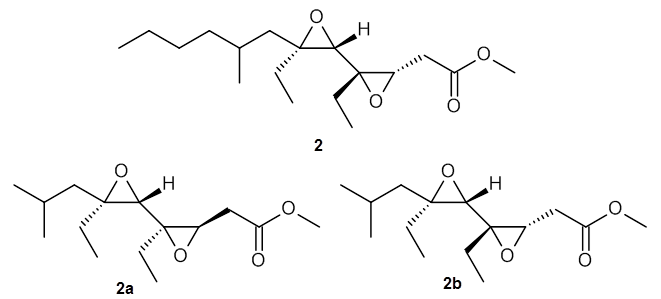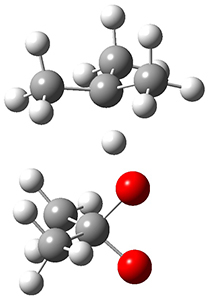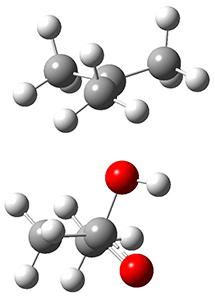Gregor N. Simm and Markus Reiher (2016)
Contributed by Jan Jensen

This work is licensed under a Creative Commons Attribution 4.0
Contributed by Jan Jensen
Simm and Reiher present an approach to estimate the error of density functionals parameterized for a specific system. System-specific parameterization can yield very accurate predictions for the training set but the applicability of the resulting functional to any other systems, including closely related ones, is not guaranteed precisely because the training set is so specific. However, by Simm and Reiher provide confidence intervals for each result to assess whether the results are reliable.
Four functional parameters are optimized to best fit 23 CCSD(T) reaction energies of a model system. As one would expect the functional outperforms several other standard functionals for that particular model system. The real question is whether this performance translates to the real system of interest where CCSD(T) benchmarks aren’t available. To answer this Simm and Reiher generate a set of new values for one of the parameters that lead to a range of predicted reaction energies from which the uncertainty (standard deviations) in the prediction can be computed.
For the model system the error is within two standard deviations for 21 of the 23 reaction energies. When the functional is then applied to a slightly larger system, for which CCSD(T) reference values also could be computed, the error is within two standard deviations for 17 of the 20 reaction energies. Thus for most of the reaction energies this approach can be used to reliably gauge the accuracy of the results computed using the system dependent density functional.
It should be noted that the current approach only applies to linear parameters, which is the reason the analysis what only performed on one of the four optimized parameters. But it should be possible to extend it to other parameter types, in which case one also needs to address the large number of parameter-combinations that need to be checked.

This work is licensed under a Creative Commons Attribution 4.0







